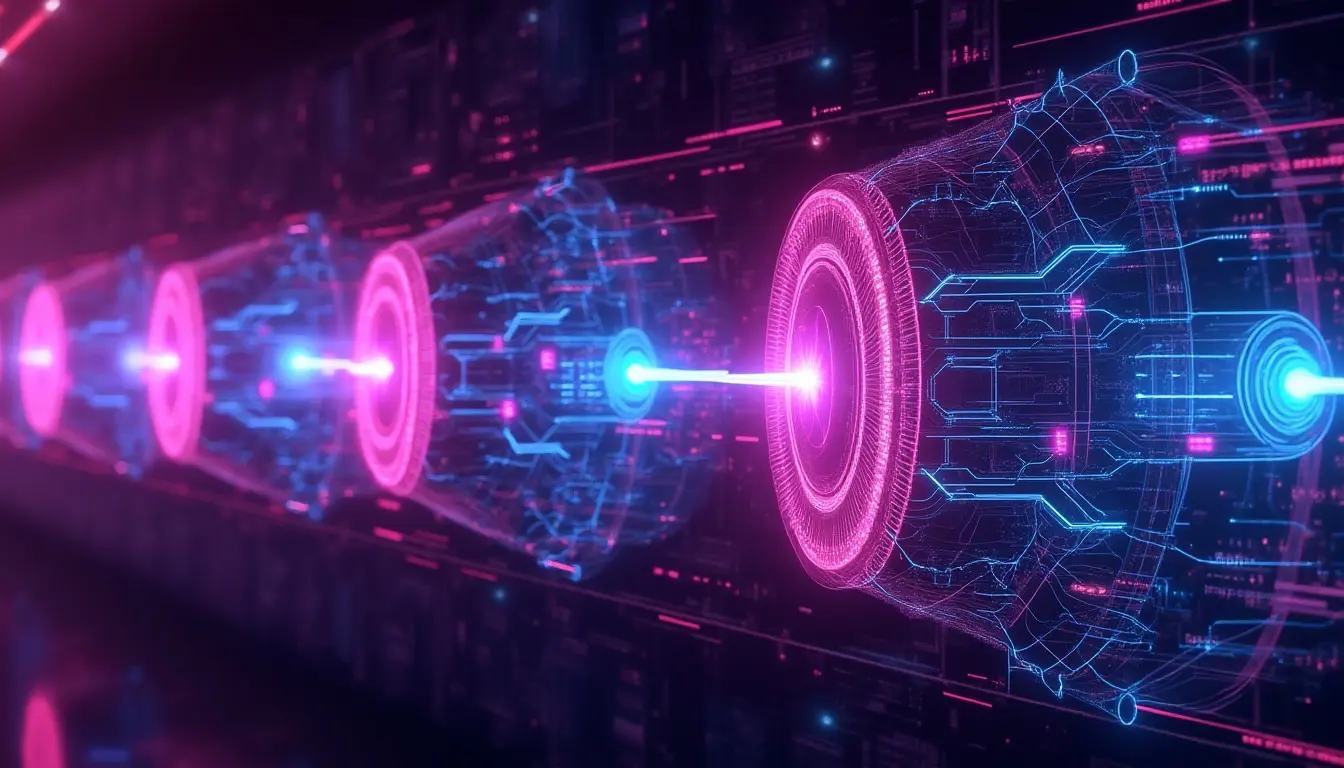Autoencoders: Neural Networks That Master the Art of Self-Discovery

Share
Table of contents:

Picture a master sculptor who must first break down a complex statue into its essential components, then rebuild it perfectly from those core elements. That's exactly how autoencoders revolutionize machine learning - these ingenious neural networks learn to compress data into meaningful representations, then reconstruct the original information with stunning accuracy.
This self-supervised learning approach discovers hidden patterns within data without requiring labeled examples, making it invaluable for everything from image compression to anomaly detection. It's like teaching machines to understand data by forcing them to explain it back to themselves in their own words.
Fundamental Architecture and Learning Process
Autoencoders employ a symmetric encoder-decoder structure where the encoder compresses input data into a lower-dimensional latent space, while the decoder reconstructs the original from this compressed representation. The bottleneck forces the network to capture only essential features.
Core architectural components include:
- Encoder pathway - progressively compresses input through hidden layers
- Latent bottleneck - compact representation containing essential information
- Decoder pathway - reconstructs original data from compressed codes
- Reconstruction loss - measures fidelity between input and output
- Regularization techniques - prevent overfitting and encourage meaningful representations
These elements work together like a sophisticated compression algorithm that learns optimal representations specifically tailored to your data characteristics and requirements.
Advanced Autoencoder Variants and Specializations
Variational Autoencoders (VAEs) introduce probabilistic elements that enable generative modeling capabilities beyond simple reconstruction. Denoising autoencoders learn robust representations by reconstructing clean data from corrupted inputs.
Transformative Applications Across Industries
Computer vision leverages autoencoders for image denoising, super-resolution enhancement, and artistic style transfer. Cybersecurity systems employ them for anomaly detection, identifying unusual network traffic patterns that might indicate security breaches.
Financial institutions use autoencoders for fraud detection by learning normal transaction patterns, while healthcare organizations apply them to medical imaging for automated disease detection and diagnostic assistance.
Training Strategies and Optimization
Successful autoencoder training requires careful hyperparameter tuning to balance compression ratios with reconstruction quality. Regularization techniques like sparsity constraints and weight decay prevent trivial solutions where networks simply memorize training examples.
The key lies in choosing appropriate bottleneck sizes that force meaningful compression while maintaining reconstruction accuracy, creating representations that capture essential data characteristics for downstream analytical tasks.











